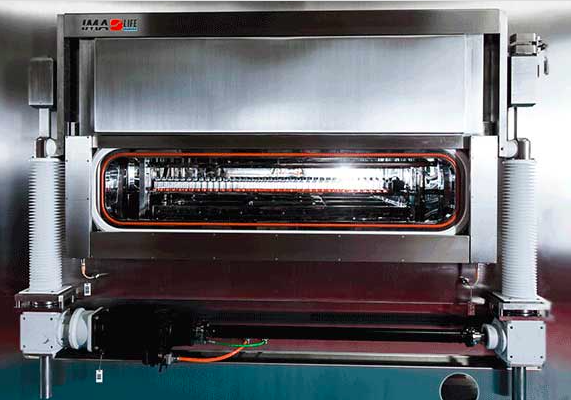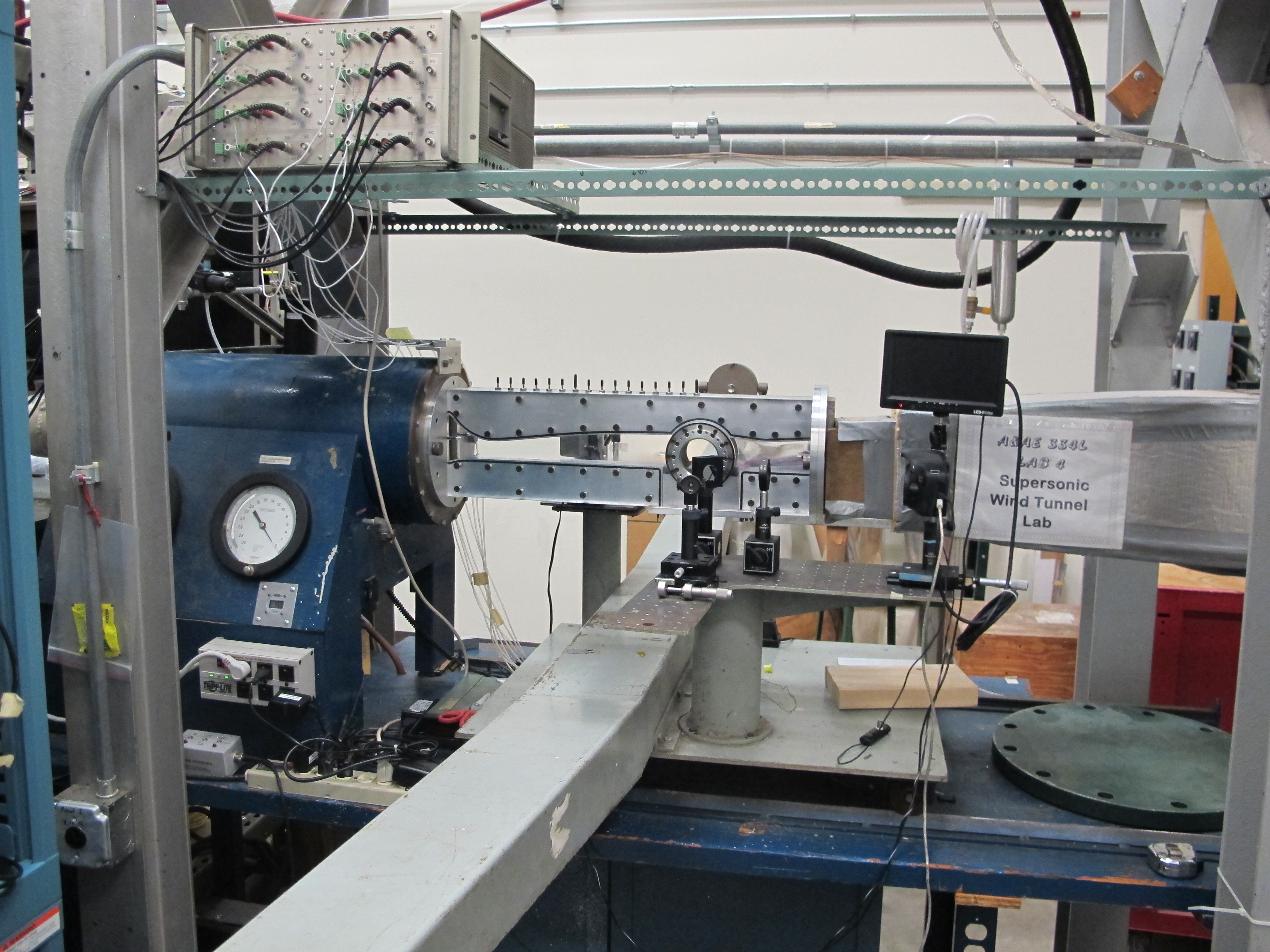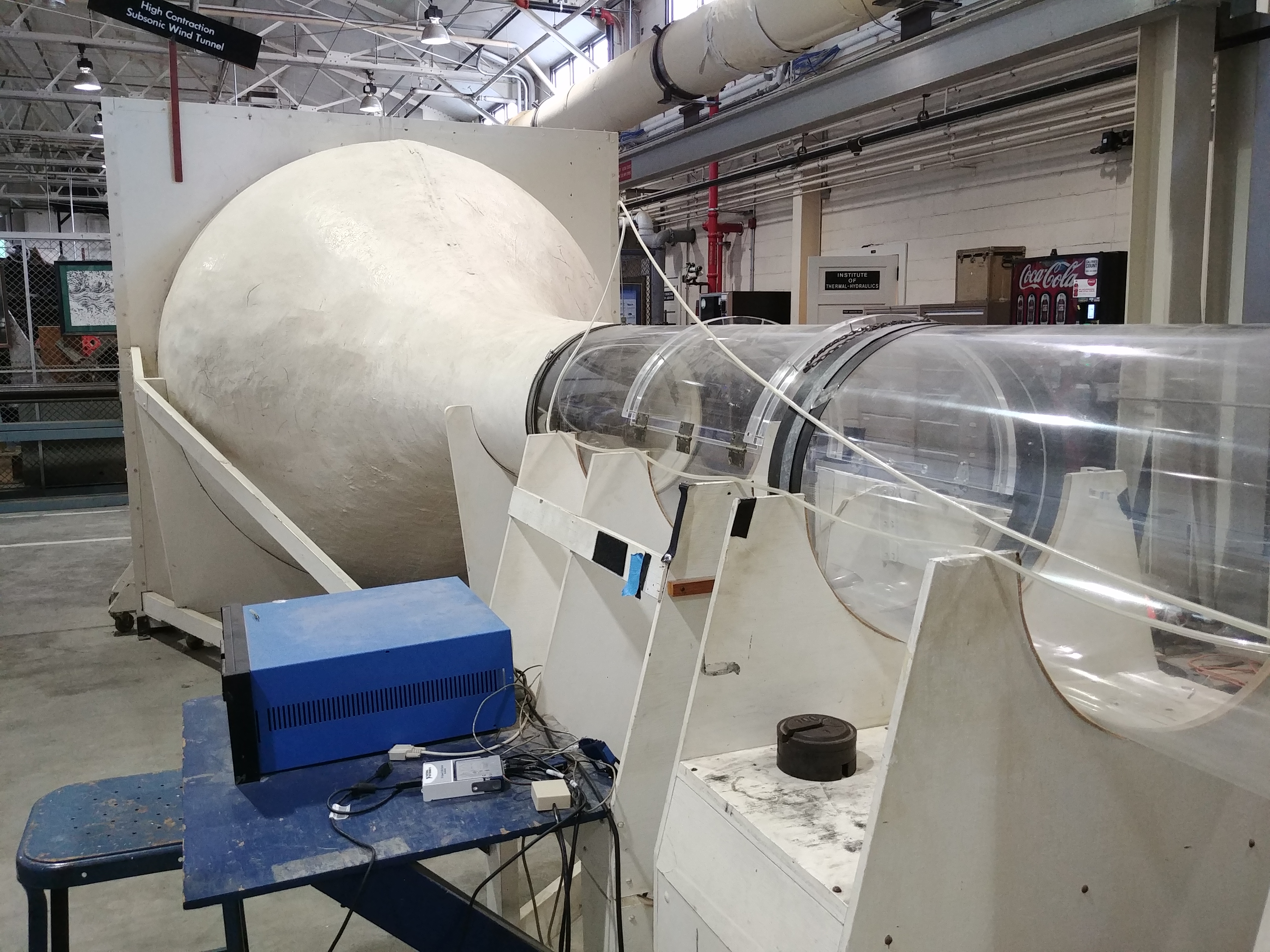Aerodynamics
Aerodynamics research is directed toward a better understanding of the fundamental laws governing the flow of fluids. Research topics of recent interest include: numerical methods in aerodynamics; computational fluid mechanics; separated flow around wings and bodies at high angles of attack; aerodynamics of rotors and propellers; boundary layers, wakes and jets in V/STOL applications and aerodynamic noise; experimental measurements using laser systems; laminar-turbulent transition in high-speed boundary layers.
Purdue is the world leader in researching laminar-turbulent transition in hypersonic flows: We are home to the Mach 6 quiet wind tunnel; the upcoming home of the Mach 8 quiet wind tunnel and HYPULSE shock tunnel; the lead institution on a HPCMP Frontier Project on that topic with the Department of Defense; we have major participation in hypersonic flight testing; and we're home to a critical mass of experienced researchers working in that area.
Faculty
Facilities
Ludwieg tube with a 9.5-inch Mach-6 quiet-flow test section. Instrumentation is specialized for study of laminar-turbulent instability and transition, and includes high-speed hot wires, fast-response pressure transducers, hot-film arrays and anemometers, a high-sensitivity laser-differential interferometer, a glow-discharge perturber, and a pulsed laser perturber.
More about the Boeing/AFOSR Mach-6 Quiet Tunnel:
- Lead Professor: Joseph Jewell
- Location: AERO
- Ludwieg tube concept
- Laminar-turbulent transition
- Lab Website

The High-Vacuum Facility offers a wide range of vacuum, thermal and micropropulsion test capabilities including micro-Newton force measurement for microthruster testing.
More about the Vacuum Technology Lab
- Lead Professor: Alina Alexeenko
- Location: AERO 18A
- Large vacuum chamber
- MicroNewton Thrust Stand
- Lab Website

The goal of Advanced Lyophilization Technology Hub (LyoHub) is to advance the science and technology of freeze-drying/lyophilization. LyoHub’s members include companies in the pharmaceutical and food processing sectors, equipment manufacturers and university researchers, who combine their expertise and resources to accomplish the goal. Immediate objectives are: (i) to identify and disseminate Best Practices for lyophilization equipment performance, testing and validation and (ii) to conduct applied research to advance lyophilization processes and products.
More about the LyoHUB Laboratory
- Lead Professor: Alina Alexeenko
- Location: BRK 2261
- Lyostar freeze-dryer
- FreezeBoost controlled nucleation technology
- Lab Website

Development of experiments for the study of basic fluid physics and for spaceflight technology advancement of systems which rely on two-phase, that is both liquid and gas, flow systems in space.
More about the Aerospace Two-Phase Flow Lab
- Lead Professor: Steven Collicott
- Location: ARMS 3191/ARMS B195
- Allows for the study of the effects of microgravity on combustion/fluid dynamics
Experimental studies of transient plasma discharges and development of plasma actuators for flow and combustion control.
More about the Plasma and Flow Visualization Lab
- Lead Professor: Sally Bane
- Location: AERO 37
- Lab Website

The Electric Propulsion and Plasma Laboratory (EPPL) conducts research is various areas of experimental plasma science and engineering - with a special emphasis on diagnostics and applications of plasmas to electric propulsion, combustion, flow control, and biomedical engineering.
More about the Boeing/AFOSR Mach-6 Quiet Tunnel
- Lead Professor: Alexey Shashurin
- Locations: ARMS B107 and MSEE 341
- Lab Website

Three small high-speed facilities: 2-inch blowdown tunnel; A one-inch supersonic jet apparatus; and a 3-inch shock tube.
More about the Boeing Compressible-Flow Laboratory
- Lead Professor:Sally Bane
- Location: AERO (ASL) 29A
- 2-inch blowdown tunnel
- 1-inch supersonic jet apparatus
- 3-inch shock tube
- Also includes Boeing/AFOSR MACH-6 Quiet Tunnel
- Lab Website

Three small low-speed wind tunnels are available. One has an 18-inch diameter test section, and the other two have test sections of 12 by 18 inches. A water tunnel is also available, with a 15x20-inch test section. Several small calibration tunnels are also available.
More about the Small Experimental Tunnels Lab
- Lead Professor: Joseph Jewell
- Location: AERO (ASL)
- 18-inch diameter test section
- 12" X 18" test sections (X2)
- 15" X 20" water tunnel
- Several small calibration tunnels
- Lab Website

Large subsonic wind tunnel with two test sections -- a closed 4-by-6 foot section with model mounting provisions and a long test section adapted for high-lift research. The first test section is equipped with a three-component balance system.
More about the Boeing Subsonic Tunnel:
- Lead Professor: Sally Bane
- Twin pylon mounting
- Remotely-controlled angle-of-attack arm
- Lab Website
